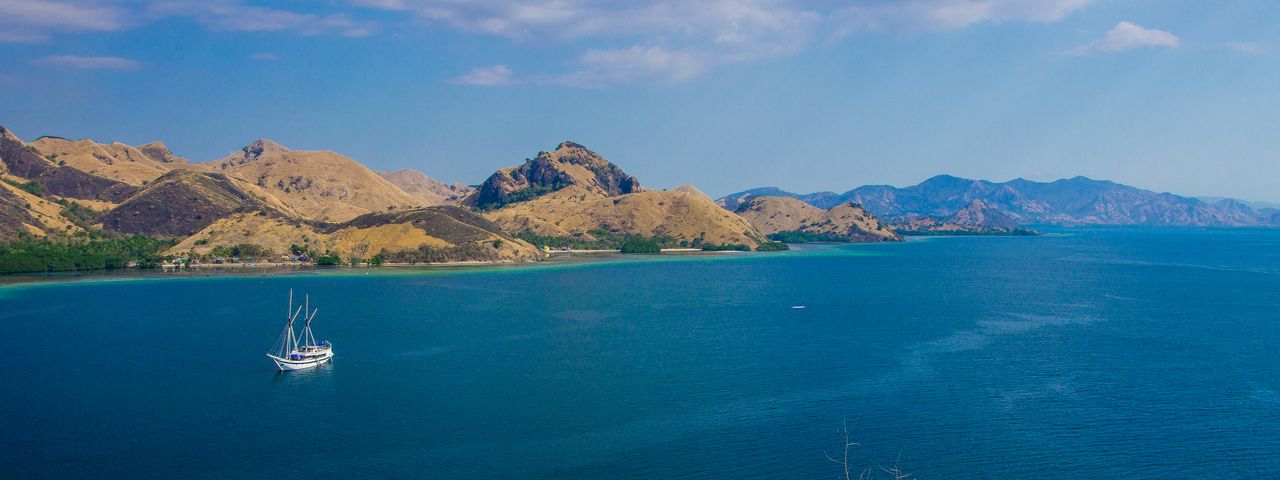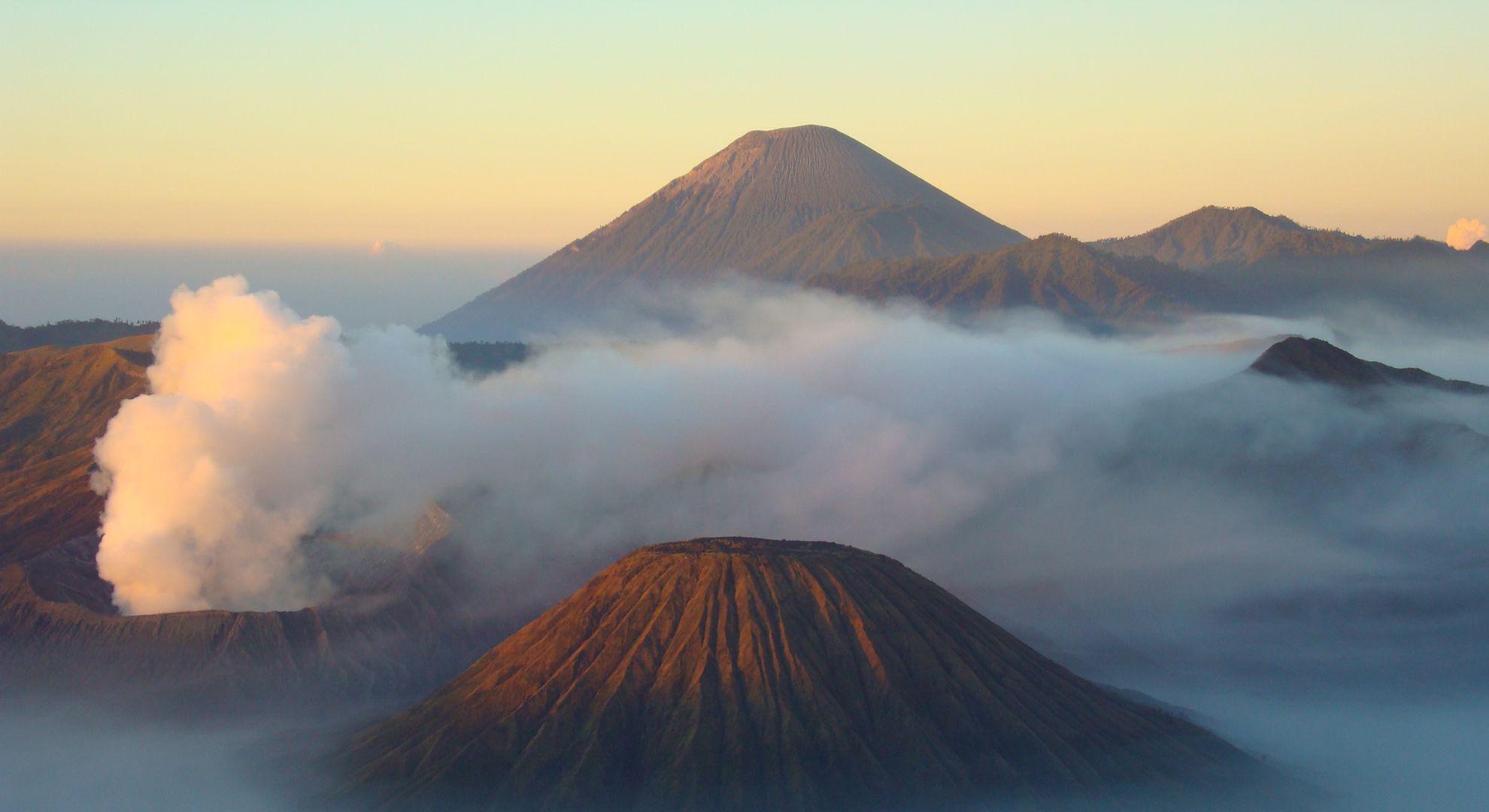Indonesia weather & when to go: November
Indonesia November weather overview
Whilst most of Indonesia is getting wet weather in November, there are a couple of destinations that can still be considered ‘in season’ - namely the Moluccas and West Papua & Raja Ampat where you should still expect a little rain but also plenty of sunshine. November brings a steady increase in rain across western and central Indonesian islands. Although Java, and to a lesser extent Bali, are still clinging onto some sunshine and dry spells, so don't rule it out if you are happy to travel at the very end of shoulder season when crowds are lower but weather is less predictable.

Indonesia weather & when to go
Pick a month below
West and Central Islands
Eastern Islands
November’s weather in detail
NB: the westernmost point of Indonesia is a full 3200 miles from the eastern most tip, so it should come as no surprise that summarising the weather is not straightforward. The tables above split the ‘country’ (made up of 17,508 islands) into two regions - the western & central islands and the eastern islands (that sit to the east of the Wallace Line), however we encourage you to read the more detailed summaries below as there can be significant variations in conditions between the islands within each group.
Java
As dry season comes to an end on the island of Java, days become overcast and cloudy with a much higher chance of rain and the odd thunderstorm especially towards the end of the month. Temperatures remain high with averages of 30°C and humidity levels begin to climb.
Bali
Rainy season has arrived on the island of Bali, although days with sunshine are not infrequent and temperatures remain warm (avg temp: 27 °C). Trekking to the summit of Mt Batur is not advisable at this time. As December approaches, so does an increased level of rainfall.
Kalimantan
November sees the arrival of heavy rains on the island of Kalimantan, with the south and the west of the island most affected. Skies may be overcast, but the average temperature is still a very warm 27-28°C.
Nusa Tenggara
Lombok, Flores, Komodo National Park, Sumba
November tends to be the wettest month of the year across the Nusa Tenggara islands. Heavy rainfall means there is a possibility of flooded roads, especially in the remote areas of Sumba, and disruption to inter-island ferry crossings. Temperatures continue to increase (avg temp: 28-29°C): highs of 32-33°C are fairly common during the day and the evening temperature rarely drops below a warm 23°C.
Sumatra
North Sumatra’s rainfall reaches its peak during November. Road conditions, particularly in the jungle-clad interior, can be very poor at times making journey times longer. If you're planning on visiting Bukit Luwang you'll need to be extra patient when orang-utan spotting as they prefer to shelter from the rain. Keep your ears peeled for the sound of large movement in the trees and look out for ‘nests’ high in the forest canopy. Overcast days and heavy rainfall also affects South Sumatra. Temperatures in the north cool off slightly in November, but humidity levels climb to over 80%; temperatures of 31°C & 32°C are not uncommon in the south of the island.
Sulawesi
November sees the arrival of monsoon season across Toraja and southern Sulawesi; rainfall also increases in Manado and the north. Temperatures of 32°C can still be expected but the days are cooler as the month progresses.
The Moluccas
Weather conditions across the Molucca islands during November are similar to conditions in October. The central islands of Ambon and Seram are enjoying the best weather in the region; whilst rainfall can be expected across the southern islands of Kei and Aru, and the northern islands of Ternate and Tidore. November is an excellent month for diving in the Banda Islands.
West Papua & Raja Ampat
November is an excellent time of year to visit the islands of Raja Ampat, especially for divers as waters are calm, visibility is at its peak, and there is a greater chance of spotting manta rays at the cleaning stations. Weather conditions in Wamena and across the Baliem Valley don’t drastically change during November: showers can be expected and average daily temperatures range from 22°C in the highlands to 32°C at sea level.
